Paul Strand was born in New York City on October 16, 1890. In his late teens Strand was a student of renowned documentary photographer Lewis Hine at the Ethical Culture Fieldston School. Paul Strand began photographing in New York in the 1910s. During the early 1920s he received recognition for both his painting and his photography. Some of this early work, like the well-known "Wall Street," experimented with formal abstractions (influencing, among others, Edward Hopper and his idiosyncratic urban vision). Other of Strand's works reflect his interest in using the camera as a tool for social reform. He was one of the founders of the Photo League, an association of photographers who advocated using their art to promote social and political causes. He visited New Mexico in 1926 and, beginning in 1930. It was there, amidst a community of visual artists and writers, that Strand began to develop his belief in the humanistic value of portraiture.
In June 1949, Strand left the United States to present Native Land at the Karlovy Vary International Film Festival in Czechoslovakia. The remaining 27 years of his life were spent in Orgeval, France where, despite never learning the language, he maintained an impressive creative life, assisted by his third wife, fellow photographer Hazel Kingsbury Strand.
Although Strand is best known for his early abstractions, his return to still photography in this later period produced some of his most significant work in the form of six book ‘portraits’ of place: Time in New England (1950), La France de Profil (1952), Un Paese (featuring photographs of Luzzara and the Po River Valley in Italy, 1955), Tir a'Mhurain / Outer Hebrides (1962), Living Egypt (1969) and Ghana: an African portrait (1976).

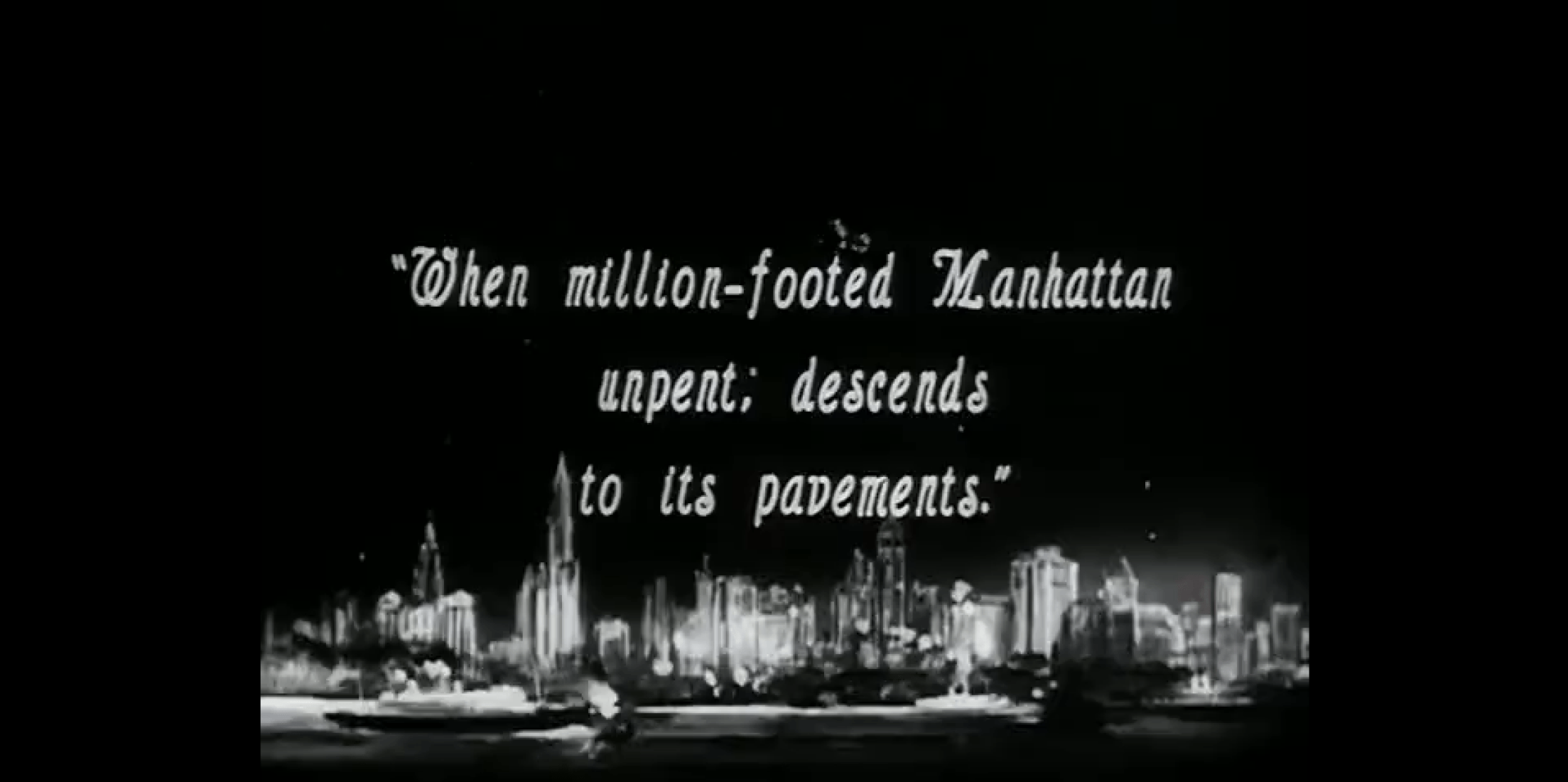
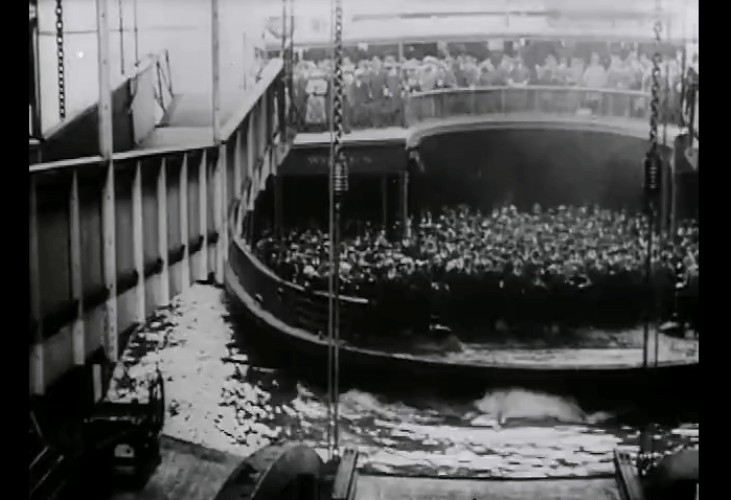
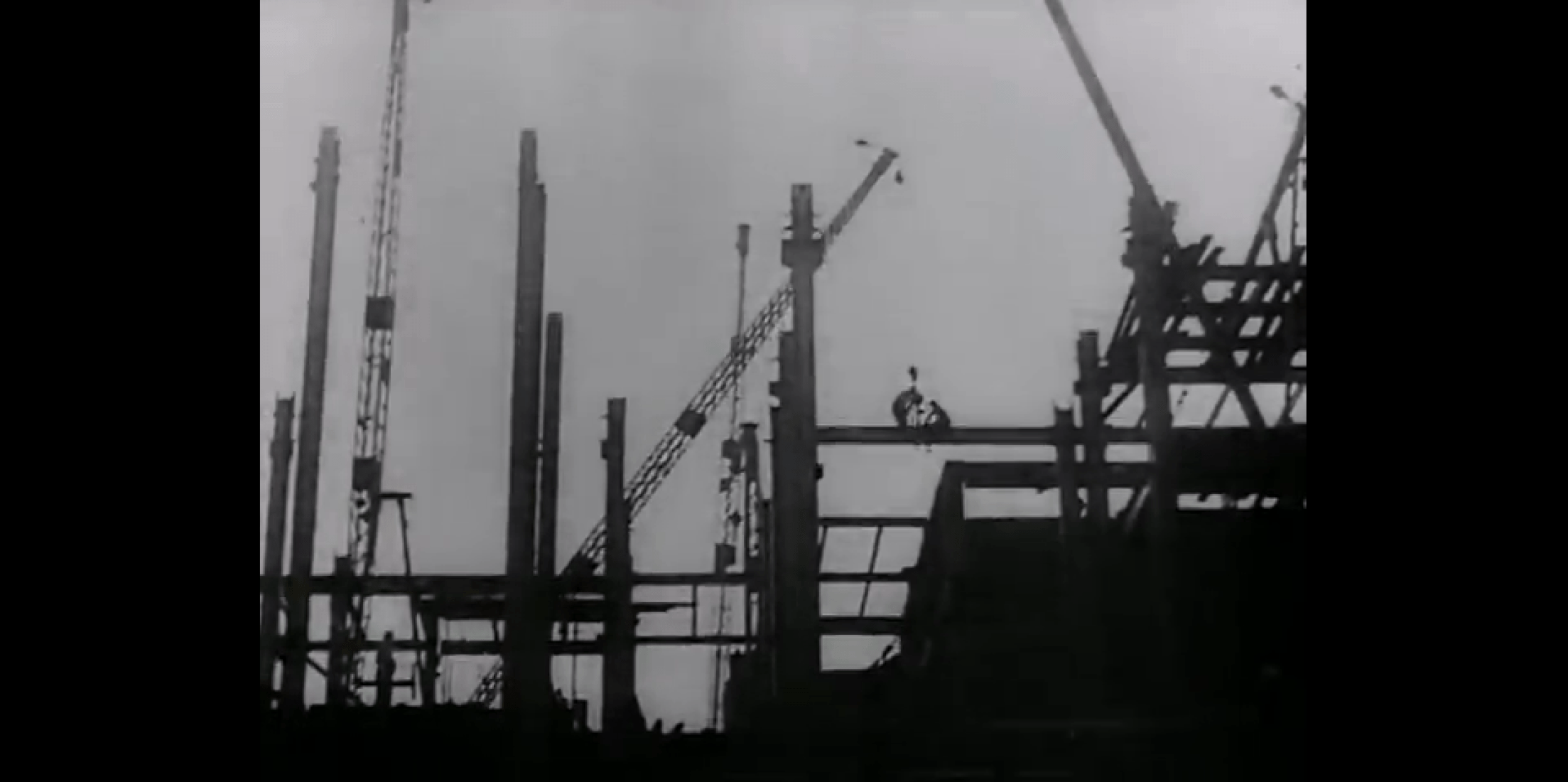
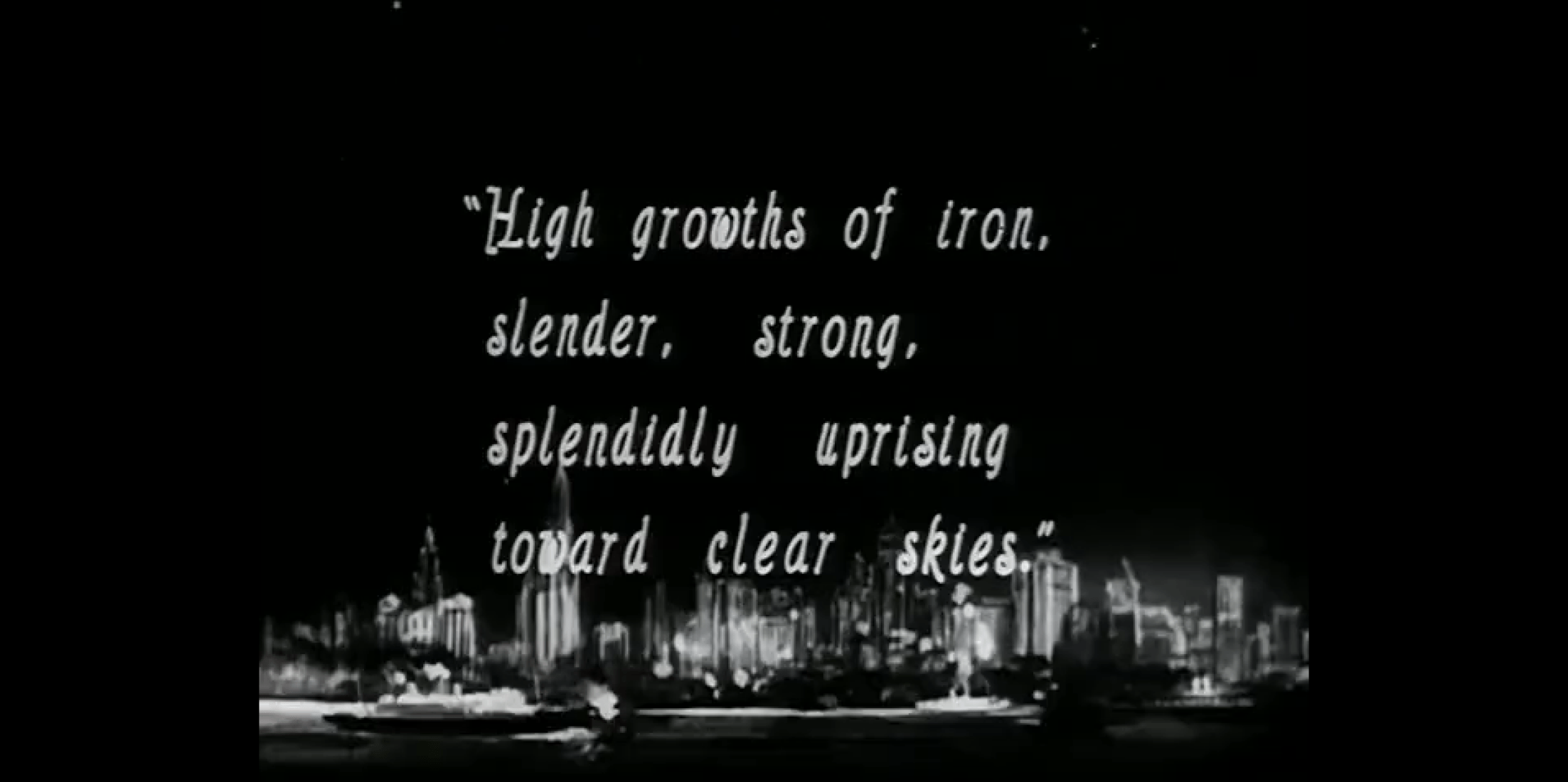

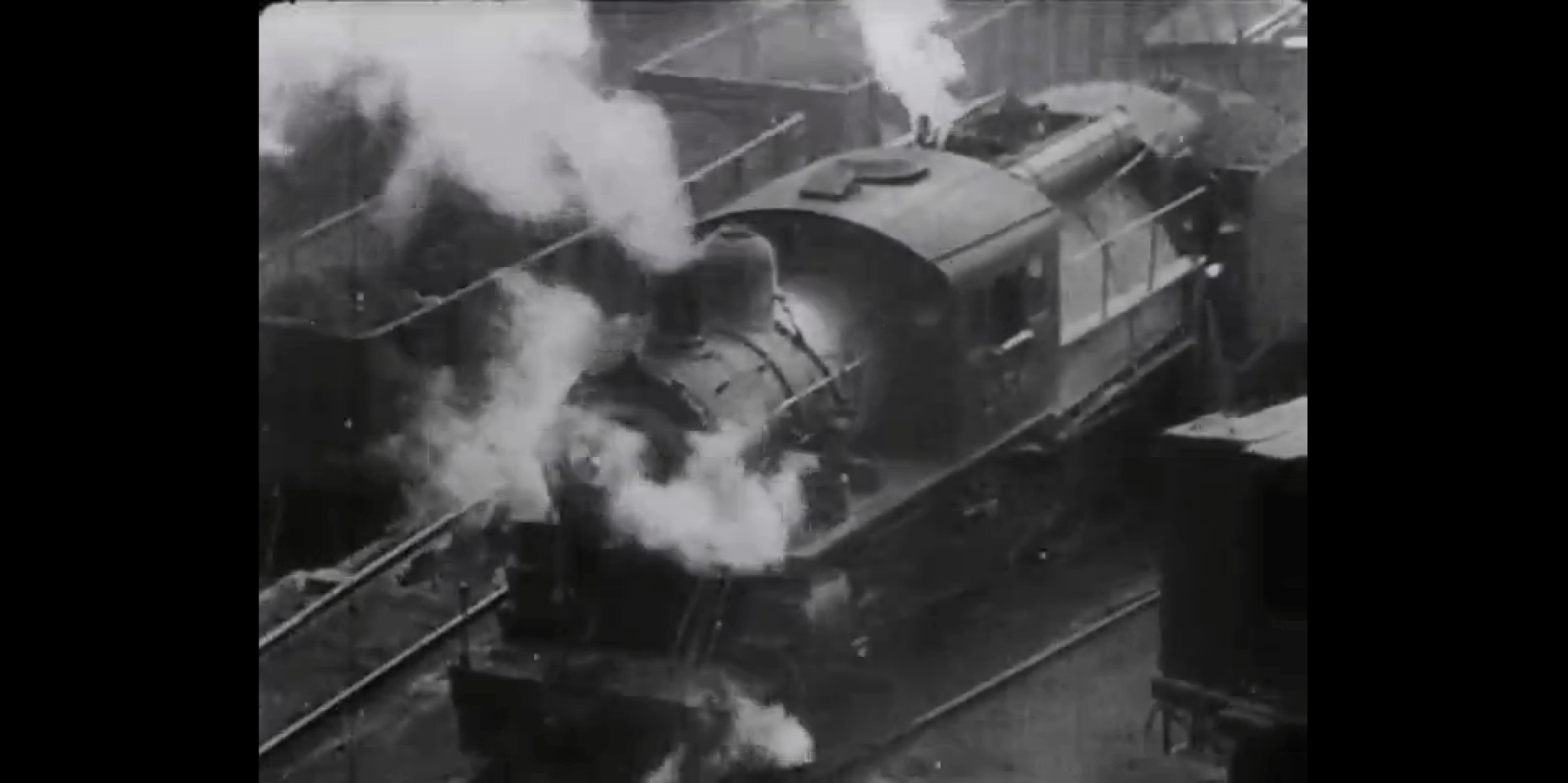
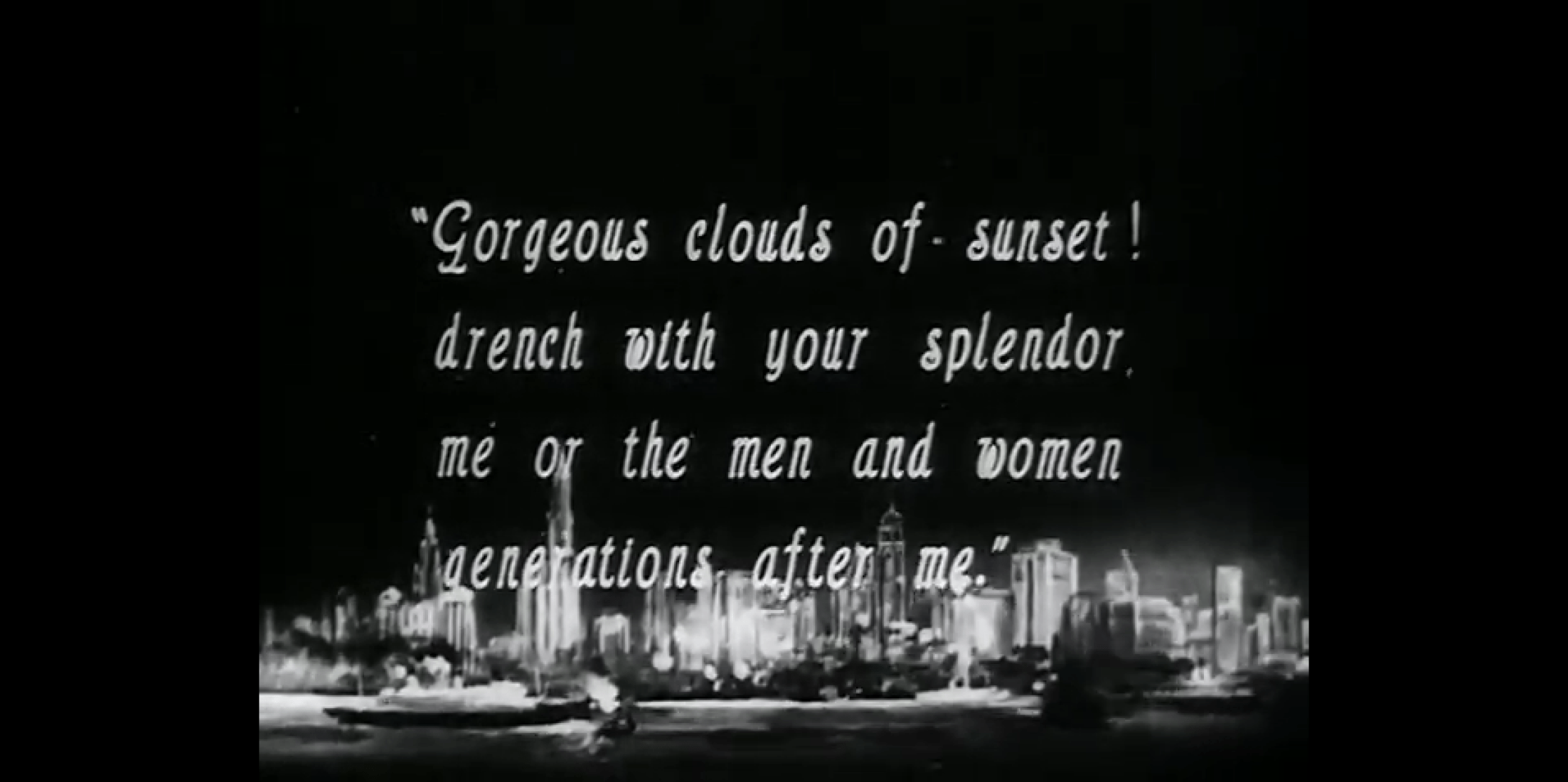
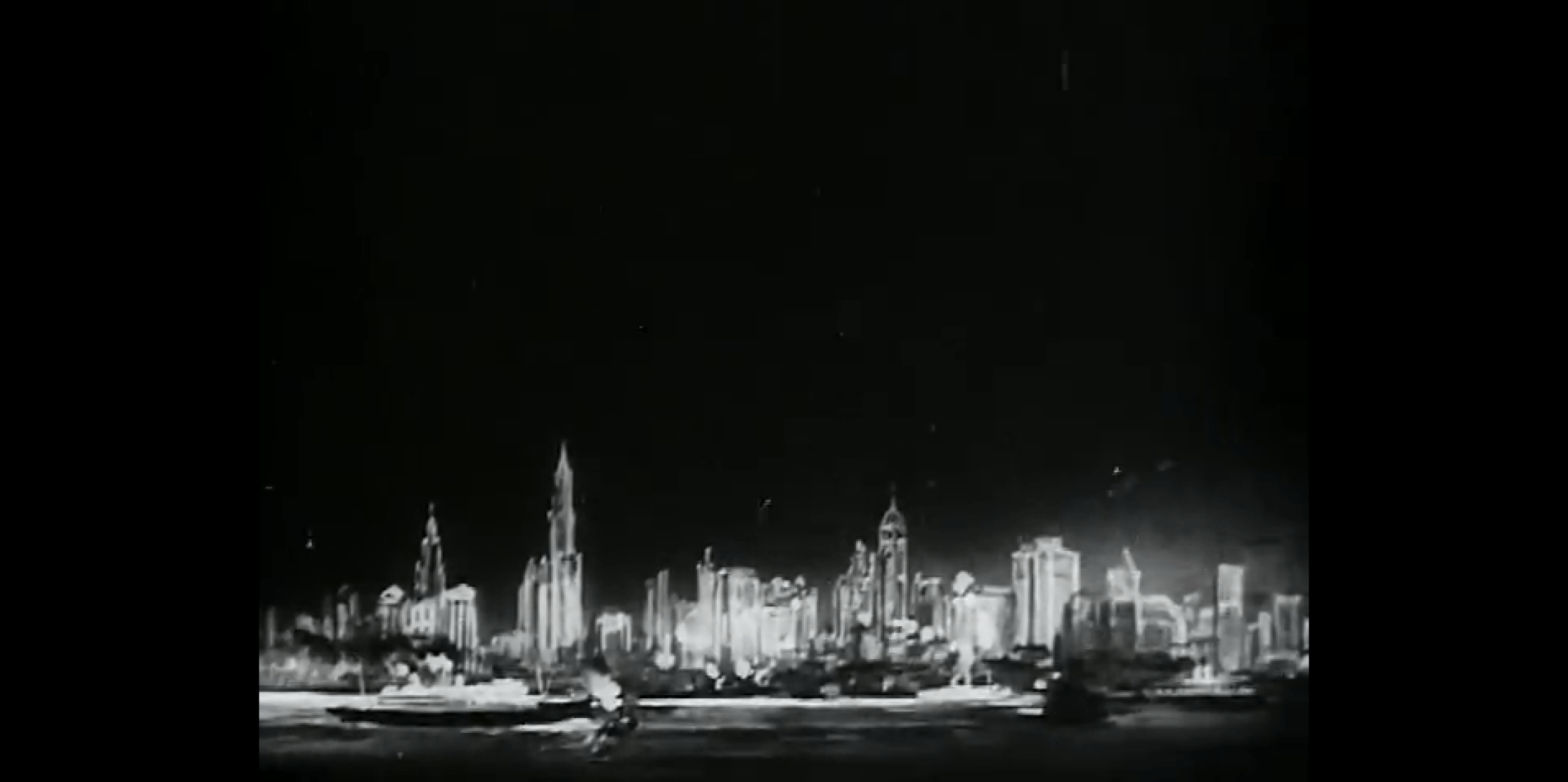














![Ivo Precek, Pracovní tabule II [Tabla de trabajo II], 1965. "Desde el centro de Europa. Fotografía checa, 1912-1974". Cortesía de la Fundación March Ivo Precek, Pracovní tabule II [Tabla de trabajo II], 1965. "Desde el centro de Europa. Fotografía checa, 1912-1974". Cortesía de la Fundación March](/sites/default/files/styles/mopis_home_news_category_slider_desktop/public/lead-images/metalocus_fundacionjuanmarch_fotografiacheca_precek-.-pracovni-tabule-ii-1965_p01.jpg?h=e382d23c&itok=PryOojGF)





